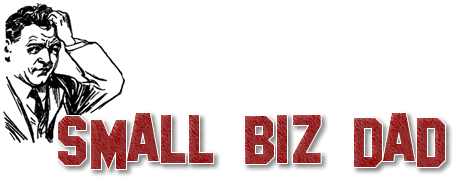The best businesses tend to begin with a product that takes the market by storm. Sometimes, it’s like catching lightning in a bottle. Sometimes, you have some of the pieces there, but you’re not sure you have the whole picture. What’s missing from your product? What’s going to change it from just another idea into something that can really go the distance? If you want to make sure your product has what it takes, you need three things in particular.
The Wants
How do you know that your idea is right for you? By staying constantly connected to the wants of the market. Most good products solve a problem, so that’s where you start. What problem does your product solve? What does it do in that capacity that other products don’t? Most importantly, are people going to want it enough to buy it?
Don’t ask whether they might use it, ask that they will. Don’t expect those wants to stay the same all the way through the process, either. As you get further and further and your final product is closer to materialized, make sure you’re talking to customers about it, showing it, and getting feedback. People don’t know what they want from scratch. Often, they need a more complete picture to tell you what’s missing.
The Design
Customer opinion and market needs dictate the direction of the design but an organized, disciplined approach to putting that design together is essential. For instance, what product design tools are you using? Are pen and paper enough or do you need CAD software to help you better visualize the concept in 3D space?
Nowadays, people are quickly prototyping their designs through 3D printing to be able to get a hands-on feel for how intuitive, how simple, how comfortable their product ideas are in the real world. You have to make sure that efforts are headed in the same direction, too. If you have a team working together on a design, make sure that they’re synchronized by breaking the design into different steps. Consider task management software that can help you ensure everyone keeps their goals in sight.
The Process
Once you have the design done, you have to seriously consider the processes by which the product is created. Which materials are you going to need and where do you get them? For plastic products, would scientific molding work better than gas assist molding? Do you handle manufacturing in-house or would it better to outsource certain parts of it? How much assembly will the product need and will that lessen its structural integrity? Go into depth with the process, seeing that the realities of a product’s creation meet the aims of its design.
You can’t have a great idea without the expertise to go with it. Similarly, you can’t have all the design and manufacturing tools ready to go without a product worth using them on. It’s only when you have all parts working to the same purpose that you end up with a product worth putting out there.

